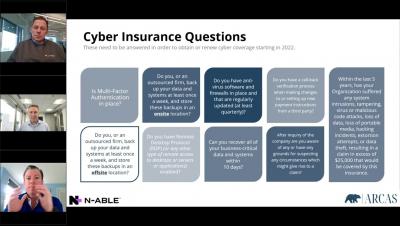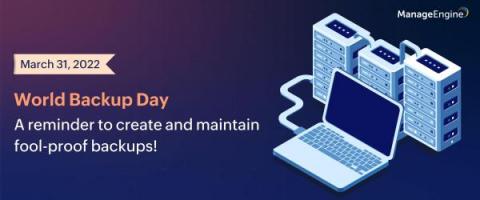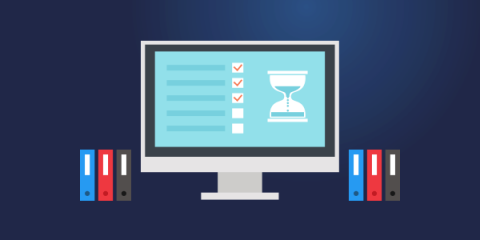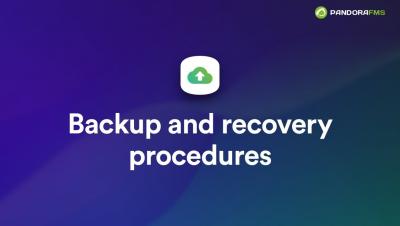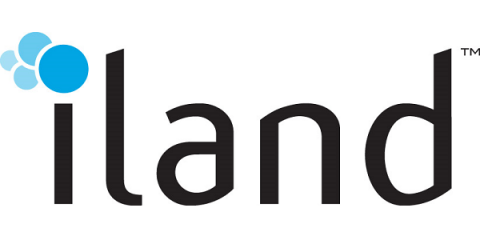Operations | Monitoring | ITSM | DevOps | Cloud
Backup
Revamp your backup strategy and redefine data security this World Backup Day!
Did you know that March 31 is World Backup Day? Who knew data backup was important enough to get its own day? I didn’t until recently, which may be the case for you as well, but that’s okay. It is never too late to learn about the importance of security practices like backing up data and establishing a routine that includes said practices.
Becoming a Backup Nerd
“Hello, my name is Eric, and I am a Backup Nerd.” When spoken during an introduction, that statement might easily be mistaken as insulting or demeaning to myself and others. In some circles, it could easily be interpreted as a call for help or as my acknowledgement (or “first step”) to admitting that I might have a problem. Head Nerd, specifically the backup variety, has been my professional title for the past few years and I fully embrace it.
Types of Backups: Full, Incremental, & Differential
In this day and age, important business information is more likely found stored on networks and devices than recorded on physical paper. If a disaster strikes and the safety of your data is compromised, having solid backups in place is the key to reduced RTOs (Recovery Time Objective) and having peace of mind. Multiple backup types are available to store and secure your data safely. Let's discuss the different types of backup, their features, and the benefits of each type.
Schedule database backups for MongoDB in a Node.js application
Database backup protects your data by creating a copy of your database locally, or remotely on a backup server. This operation is often performed manually by database administrators. Like every other human-dependent activity, it is susceptible to errors and requires lots of time. Regularly scheduled backups go a long way to safeguarding your customers’ details in the case of operating system failure or security breach.
Backup and recovery procedures
Replacing your backup solution: part two, understanding how
In part one of this blog post series, we discussed several key reasons why your clients need backup and why either of you might be considering a change. In this second part, I will discuss how you might go about expanding or replacing your existing backup offerings.
Replacing your backup solution: part one, learning why
So, you’re thinking about replacing your current backup solution. Well, before you start requesting price quotes and comparing feature matrixes you should understand that a change can have both short-term and long-term impacts. The extent of the impact depends on several factors, including why your clients need backup, how those backups are being performed, whether they have ever experienced data loss, and how long they need to retain backup data.
Cloud Storage vs. Cloud Backup: Know the Difference
The cloud has become a core component of Information Technology because of its flexibility, affordability, and ease of use. Software is run via cloud subscription models, reducing time to market and simplifying distribution. Entire offices have moved into the cloud, allowing teams of all sizes to collaborate and communicate remotely. Beneath it all, files and data are stored and shared in the cloud where it’s readily accessible across devices.


